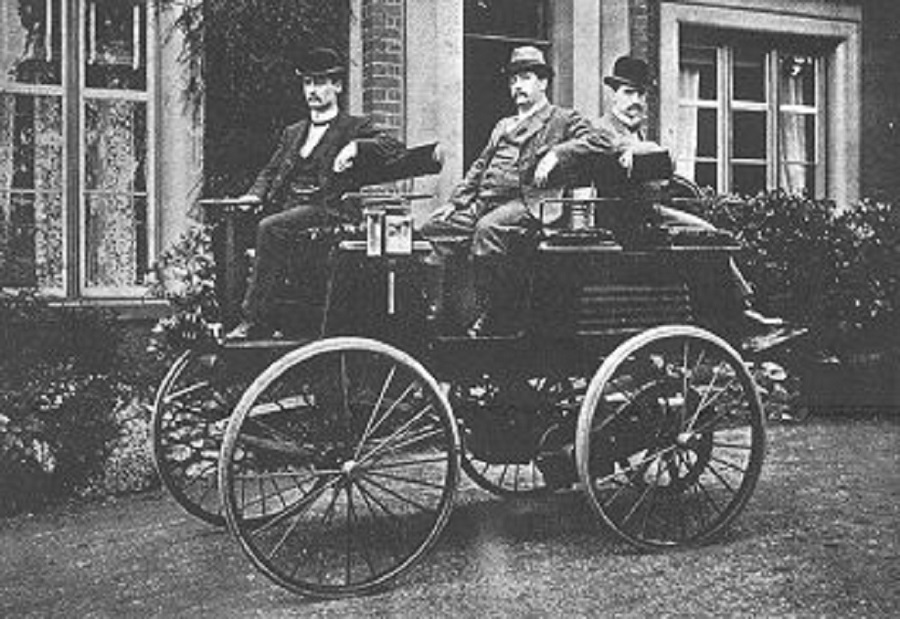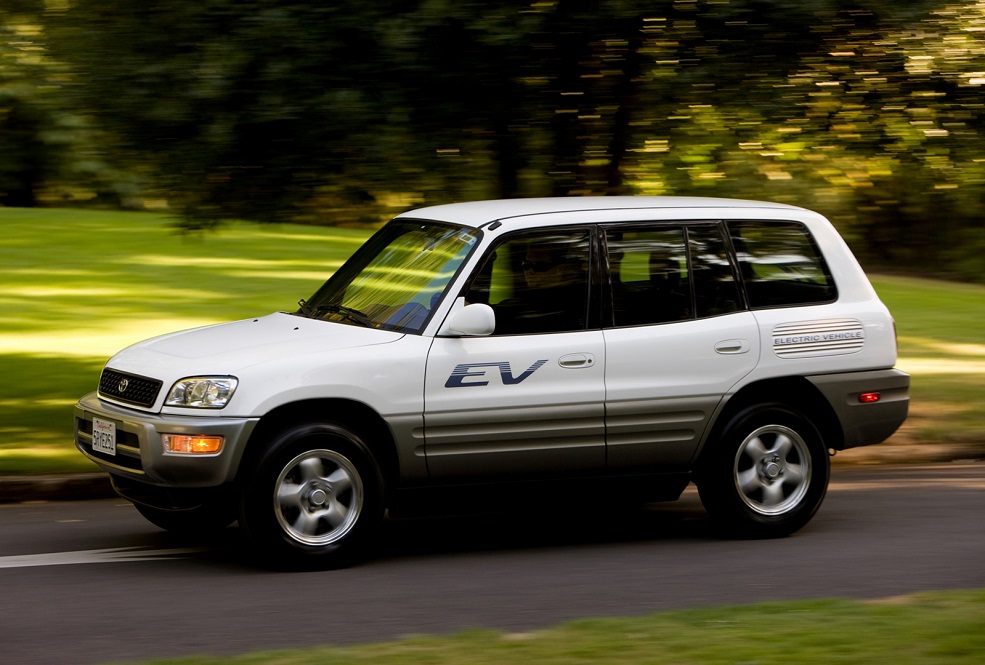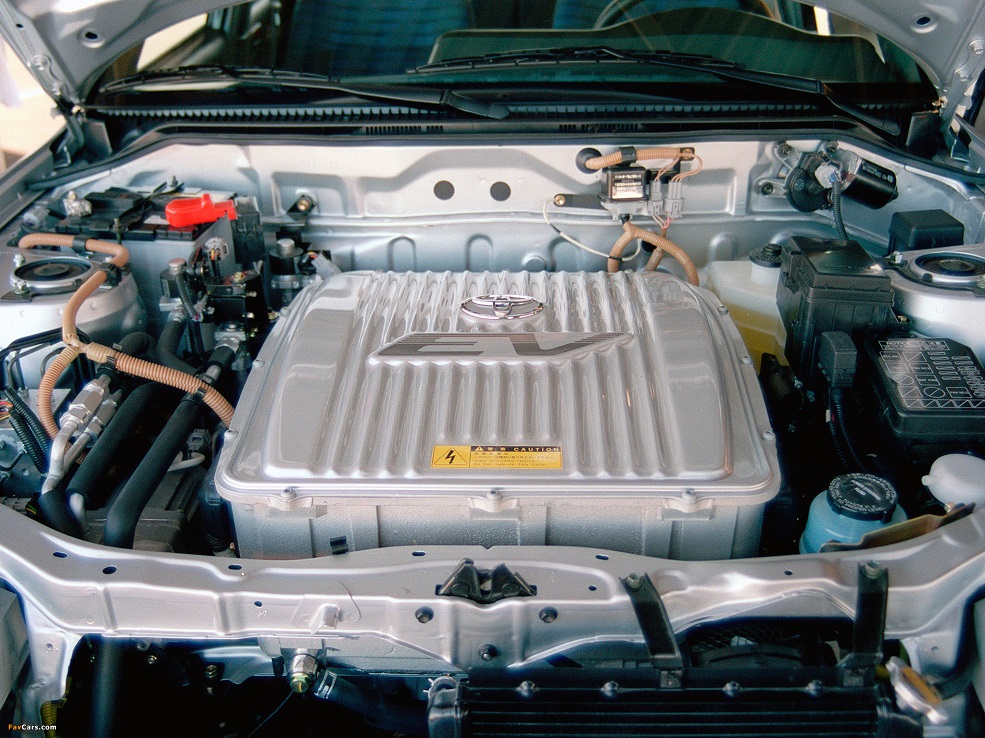Electric vehicles have been around ever since the rechargeable battery was invented and in ten years’ time this type of propulsion is currently set to replace the internal combustion engine. We look at a selection of landmark battery powered cars that pioneered the silent revolution.
There’s nothing new about electric vehicles. They’ve been around since the dawn of motoring and the first practical battery powered car to go into production in the UK was developed in Wolverhampton by Thomas Parker in 1895. Over the next decade or so, electric and steam powered cars competed head-on with the noisy and unreliable internal combustion engine and at one point in time these alternative power sources actually proved more popular.
However, this didn’t last long due to practical reasons, such as range limitations and the lack of charging points (sound familiar?), and the petrol engine eventually went on to reign supreme. Over the next couple of decades, lead acid battery powered vehicles were mainly limited to industrial use, although during the early part of the Second World War, Avions Breguet, a French aircraft company produced an electrically powered car capable of travelling a shade over 60 miles on a single charge at a steady 12mph.

A car that slow obviously wasn’t a commercial proposition and after the war electric vehicle technology took a back seat. During the 1950s, the most commonly seen battery powered vehicles on Britain’s roads were milk floats. Battery power development surfaced again in 1959 when the Henny Coachworks together with the National Union Electric Company, the makers of Exide batteries, produced an electric car capable of reaching 60mph based on a Renault Dauphine called the Henny Kilowatt.
The development of nickel-cadmium batteries provided a more reliable power source and in the early 1960s a number of electrically powered concept cars appeared on the scene. One of these was the 1965 introduced Scottish Aviation Scamp, a small battery driven city car with a range of 18 miles and a top speed of almost 40mph. Unfortunately, extensive testing showed up weaknesses in the Scamp’s suspension and the project was abandoned. Meanwhile, on the other side of the Atlantic General Motors experimented with the Electrovair, an electrically driven version of a conventional petrol-powered car but the project never made it into to production.

Back in the UK, Lucas set up a division during the late 1960s researching DC current electric motors and advanced semi-conductor technology for use in vehicles and in conjunction with Vauxhall, converted a 18cwt Bedford CA van to battery power. Only a single CA prototype was produced but interest in the project gained momentum a year later when work commenced converting 20 CF vans to electric power. Although the payload of the CF-E van was half that of the diesel-powered version and the price twice as much, trials with selected operators and utility companies continued throughout most of the 1970s.
Electrically powered vehicles received a boost in 1971 when the Moon buggy became the first vehicle to drive on the surface of the moon, while back on earth one concept that did make it into to production was the 1973 introduced Enfield 8000. Developed in the UK by a group of Greek and British engineers, production was moved to the Greek island of Sophos soon after the car was introduced. The Enfield 8000 had a range of around 40 miles and used suspension parts from a Hillman Imp, cut down Mini doors and a Reliant sourced rear axle. Out of a total production run of 120 cars, 65 Enfield 8000s were regularly used by electricity boards located in the south of England.

The energy crisis that had started to bite in the early 1970s and again mid-way through the following decade ignited renewed interest in electrically powered cars. This resulted with a lot of major international vehicle manufactures producing zero-emission concepts based on fossil fuelled production models. As public attitudes towards electric vehicles started to change in the early 1990s, models like the Honda EV Plus, Nissan Altra EV and even a battery powered Toyota RAV4 EV were sold in California on a buy back lease mandate designed to make manufacturers take electrically propelled vehicles seriously.
Although the development of the lithium-ion battery in the 1980s proved the key to extending the range of electric vehicles, manufacturers were still experimenting with alternative power sources. In the early 1990s Ford UK produced an electrically driven Escort van called the Ecostar driven by a large hot sodium battery located underneath the load area. One of these vans became the UK’s first electrically powered police car when one was used by the Hampshire police but like all electric vehicles of the time it had a limited range on a full charge.

Since then, hybrids and more recently full electric vehicles have come leaps and bounds. Now, with the legal net set to tighten around the use of polluting cars in city centres, quite a few enterprising owners have begun converting their classics to electric power. Several companies, such as Electric Classic Cars and London Electric Cars offer this service and positive road tests report that the results are ‘electrifying’.





